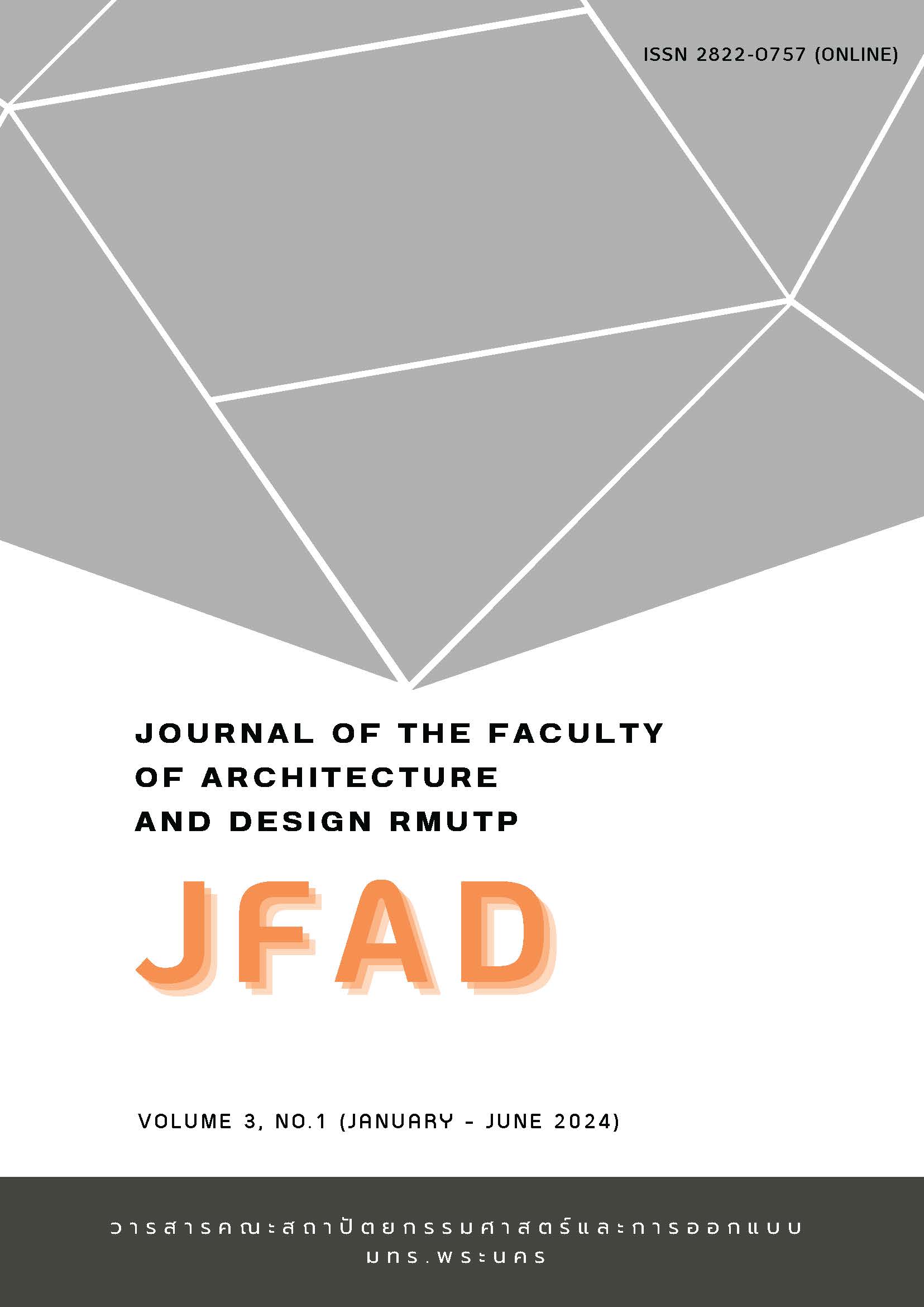Housing Policy in the Highly Competitive City: Case Studies of London and New York
Main Article Content
Abstract
This article aims to analyze the policy and implementation of housing development in the highly competitive city of London, UK and New York City, USA. This is a qualitative research that used document collection along with surveys, observations, and photography of case studies by the researcher and interviews with housing development experts to verify the accuracy of information. The results of the study showed that the two cities had common housing policies, which are; amending the law to be flexible in order to facilitate the development of affordable housing; creating cooperation at all level (communities, government, private sector, and charitable organizations); consideration of socially vulnerable groups (the elderly, the homeless, and the disabled); inclusive development; and creating diversity in the neighborhood by mixing income groups in each project. This led to the enhancement of urban competitiveness in terms of improving the quality of life of the population, which was the foundation of human resource development. It was also the direct responsibility of the government to provide affordable housing for all in the city, which will become a driving force that helps support cities to have higher competitiveness.
Article Details

This work is licensed under a Creative Commons Attribution-NonCommercial-NoDerivatives 4.0 International License.
Copyright (c) 2023 : Faculty of Architecture and Design, Rajamangala University of Technology Phra Nakhon
References
American Planning Association (APA). (2006). Planning and Urban Design Standard. New York: Wiley.
City of New York. (2012). Housing New York: a five-borough, ten-year plan. New York: The City of New York.
Greater London Authority. (2017). The mayor’s vision for a diverse and inclusive city. London: Greater London Authority.
Lozanovska, M. (2019). Migrant housing: Architecture, Dwelling, Migration. New York: Routledge.
Marom, N. & Carmon, N. (2015). Affordable housing plans in London and New York: between marketplace and social mix. Housing Studies, 30(7), 993-1015. DOI: 10.1080/02673037.2014.1000832
Panitchpakdi, K., et al. (2020). Consistency of Housing Development in Bangkok Suburbs and Habitat III: Case Study of Thanyaburi District, Pathum Thani Province. Sub-project no.1 under the “Knowledge Management of Housing Anthropology in Thailand (Phase 1), Chulalongkorn University. Funded by Thailand Science Research and Innovation Fund.
Turok, I. (2004). Cities, Regions and Competitiveness. Regional Studies, 38(9), 1069-1083.
UN-HABITAT. (2015). Enhancing the Competitiveness of Cities. Urban Economy Branch, Discussion Paper #4, October 2015.
UN-Habitat. (2016) The New Urban Agenda, available at: http://habitat3.org/the-new-urban-agenda. Accessed Sep. 2023.
United Nations (UN). (2017). The Sustainable Development Goals Report 2017. New York: United Nations, available at: https://www.un.org/development/desa/ publications/sdg-report-2017.html. Accessed Sep. 2023.
Vale, L.J., Shamsuddin, S., Gray, A. & Bertumen, K. (2014). What affordable housing should afford: housing for resilient cities. Cityscape: A Journal of Policy Development and Research, 16(2), 21-50.
Whitehead, C. & Goering, J. (2021) Local affordable housing dynamics in two global cities: patterns and possible lessons? International Journal of Urban Sciences, 25(sup1), 241-265. DOI: 10.1080/12265934.2020.1828147


